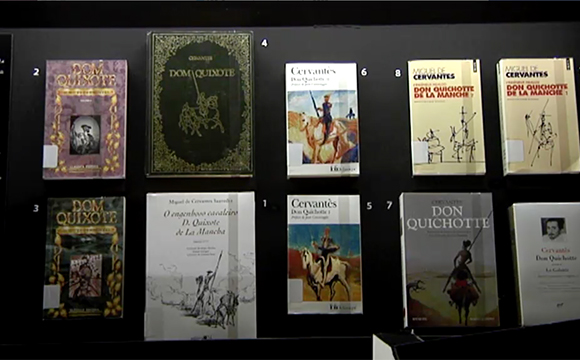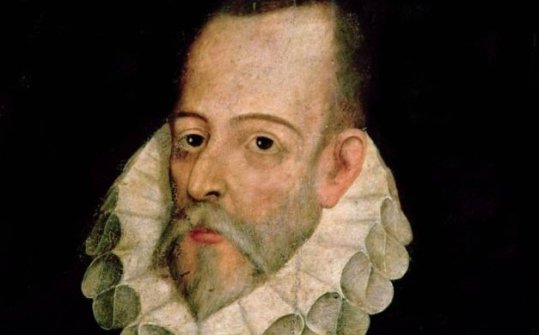Quijotes por el mundo (Don Quixotes around the world) shows the rich holdings of the Instituto Cervantes’s network of libraries and, at the same time, pays tribute to the hundreds of translators of Cervantes’s work who, over a period of 400 years, have made it possible to disseminate Cervantes and his texts worldwide. Don Quixote, as is often repeated, is the most widely translated work after the Bible. Why have such diverse languages and cultures embraced Cervantes’s work, the adventures of Don Quixote and Sancho Panza written by Cervantes in the early seventeenth century? At what moment and in what circumstances was impetus given to translating Don Quixote into a particular language? What was the text and language of origin of many of the translations?
These and other questions are answered in the exhibition, which also features iconographic and film translations and adaptations for children and young readers, as well as representing the voice of the work’s readers in 30 different languages. Quijotes por el mundo shows that Don Quixote lingers on 400 years after the publication of the second part in Madrid in the autumn of 1615. The adventures it tells of and the ‘Quixotesque’ values they contain continue to be translated to this day. What new translation is being completed now, as this exhibition opens? Only time will tell. Now is the time to enjoy and be amazed at the richness and the linguistic variety of Don Quixote throughout its 400 years of history and success.





